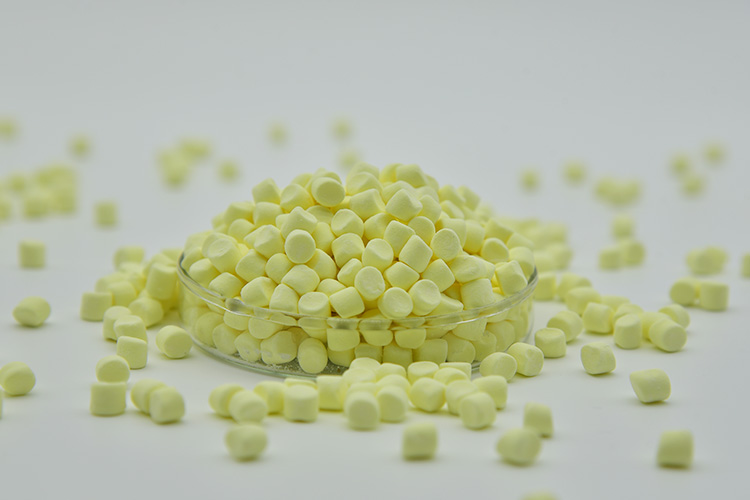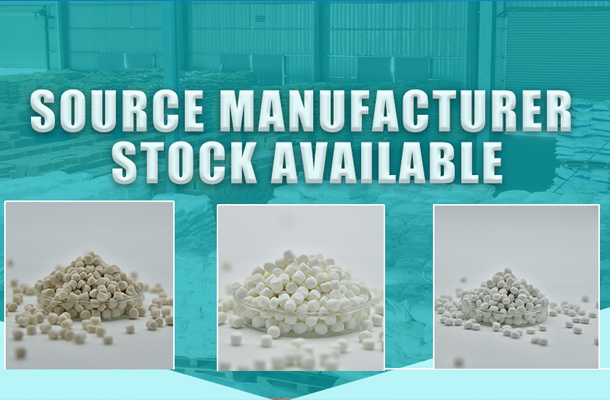Rubber vulcanizing agents are a class of chemicals added to rubber during the manufacturing process to induce a chemical cross-linking reaction between rubber molecular chains. This process, known as "vulcanization," transforms the linear structure of rubber molecules into a three-dimensional network. Post-vulcanization, the rubber (now vulcanizate) exhibits significantly enhanced physical and mechanical properties, including increased strength, elasticity, heat resistance, chemical resistance, and aging resistance, making it essential for producing items like tires, seals, rubber hoses, and shoe soles.
The variety of rubber vulcanizing agents spans across several categories, including but not limited to:
- Elemental sulfur (S): The most traditional vulcanizing agent, forming sulfur bridges between rubber molecules.
- Sulfur-containing compounds: Such as thiurams (TMTD, TETD), zinc dithiocarbamates (e.g., rubber accelerator PZ).
- Peroxides: Like dicumyl peroxide (DCP), benzoyl peroxide (BIPB), commonly used for saturated rubbers and products requiring high thermal and oxidative stability.
- Metal oxides: Including zinc oxide (ZnO), magnesium oxide (MgO), typically utilized as auxiliary vulcanizing agents or activators.
- Resins: Phenolic resins, offering specific cross-linking mechanisms.
- Amine compounds, quinone compounds, ester compounds: Each with their specific applications and advantages tailored to certain requirements.
The selection of the appropriate vulcanizing agent depends on the type of rubber (natural rubber, synthetic rubber, etc.), the end-use application of the product, and the required vulcanization conditions (temperature, duration). As the rubber industry evolves, novel vulcanization systems are continually emerging to meet rising performance demands and environmental standards.








